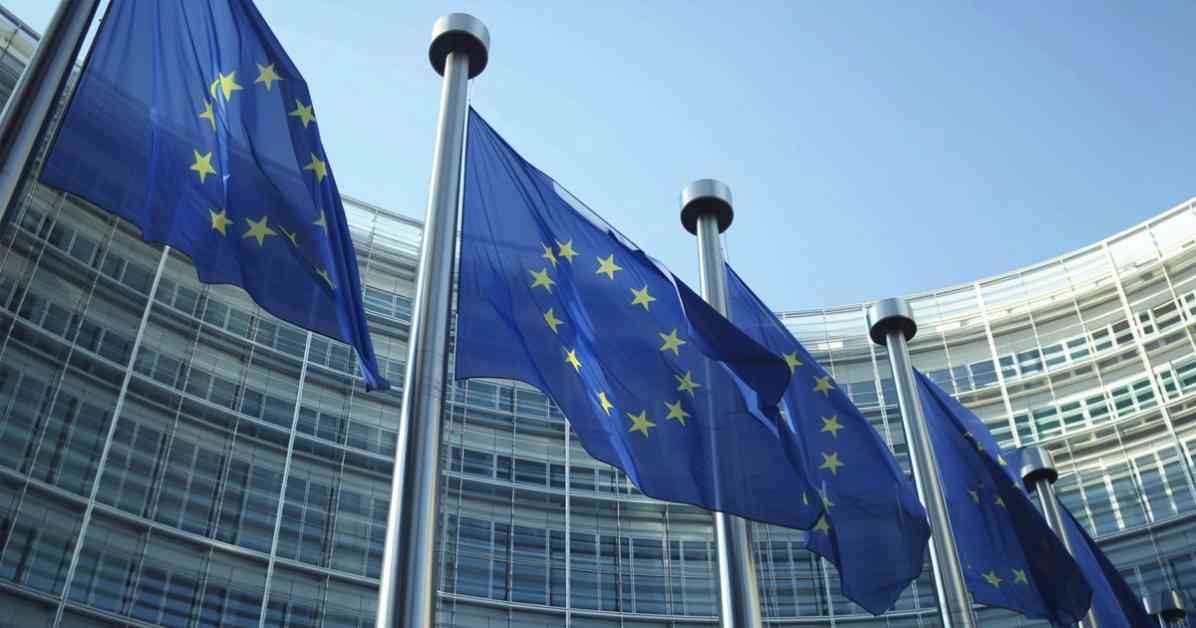Since its inception in 2020, the European Union’s Markets in Crypto-Assets (MiCA) regulation has been a game-changer for the European crypto industry. MiCA has set new standards that are pushing companies to deliver better products for all. With MiCA compliance becoming a priority, companies like Coinbase are racing to meet the stringent requirements by delisting stablecoins from unauthorized providers by the end of 2024.
The delisting of stablecoins like USDT is a significant move that highlights the importance of compliance with MiCA. Tether has promised to introduce a “technology-based solution” to overcome compliance challenges, indicating a shift towards more secure, efficient, and stable solutions in the European crypto market. This move is reminiscent of the General Data Protection Regulation (GDPR) introduced in 2016, which set a global benchmark for data privacy.
MiCA’s comprehensive regulations aim to address issues such as crime, bad actors, and misinformation in the crypto industry. By mandating transparency and sustainability, MiCA is paving the way for a more transparent and climate-conscious crypto sector. Stablecoin providers are being required to be fully transparent about their reserves, leading to a more stable stablecoin market.
Circle, the second-largest stablecoin by market cap, has already obtained a French e-money license in compliance with MiCA. This move showcases the industry’s shift towards regulatory compliance and innovation. With MiCA setting new standards for crypto-asset regulation, the industry is expected to attract more traditional businesses and industries, leading to increased competitiveness and economic growth in the EU.
MiCA’s impact is not limited to Europe; it has the potential to influence global regulatory frameworks. Other regions may look to MiCA as a model for their own regulations, similar to how they adopted the GDPR. As MiCA approaches its full effect date in 2026, we can expect to see a more secure and sustainable crypto ecosystem not only in Europe but also globally.
In conclusion, MiCA delistings are catalyzing a stronger European crypto market by pushing companies to comply with stringent regulations. The industry is evolving towards more secure and sustainable solutions, setting a new standard for crypto-asset regulation worldwide. As MiCA continues to shape the future of the crypto industry, we can expect to see a more transparent, competitive, and innovative market emerging in the coming years.














